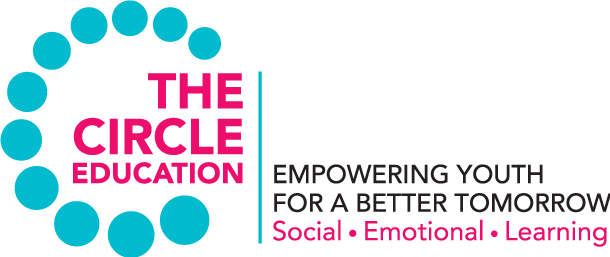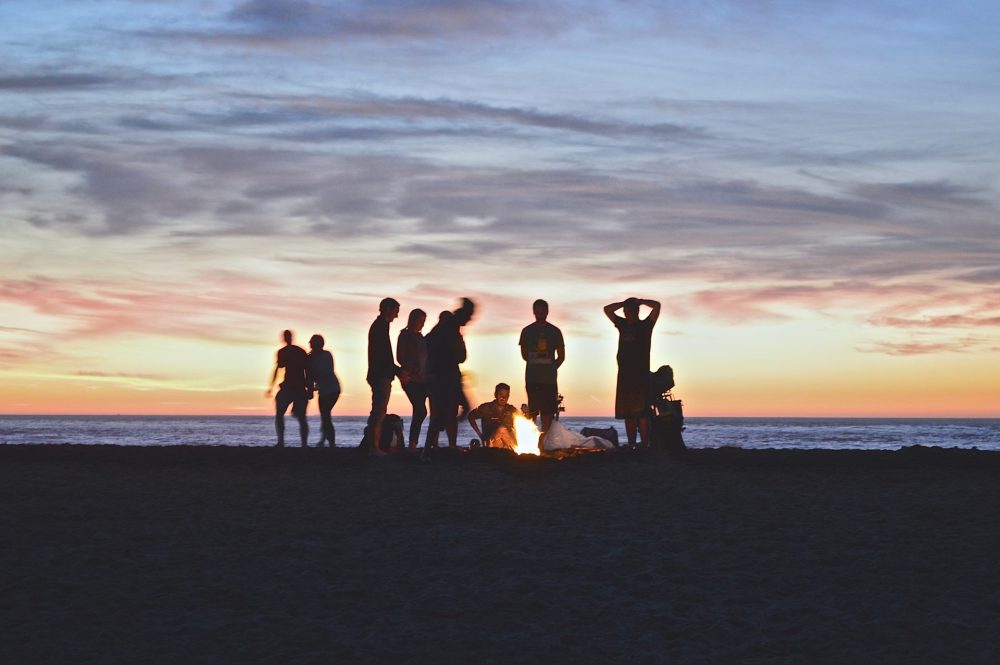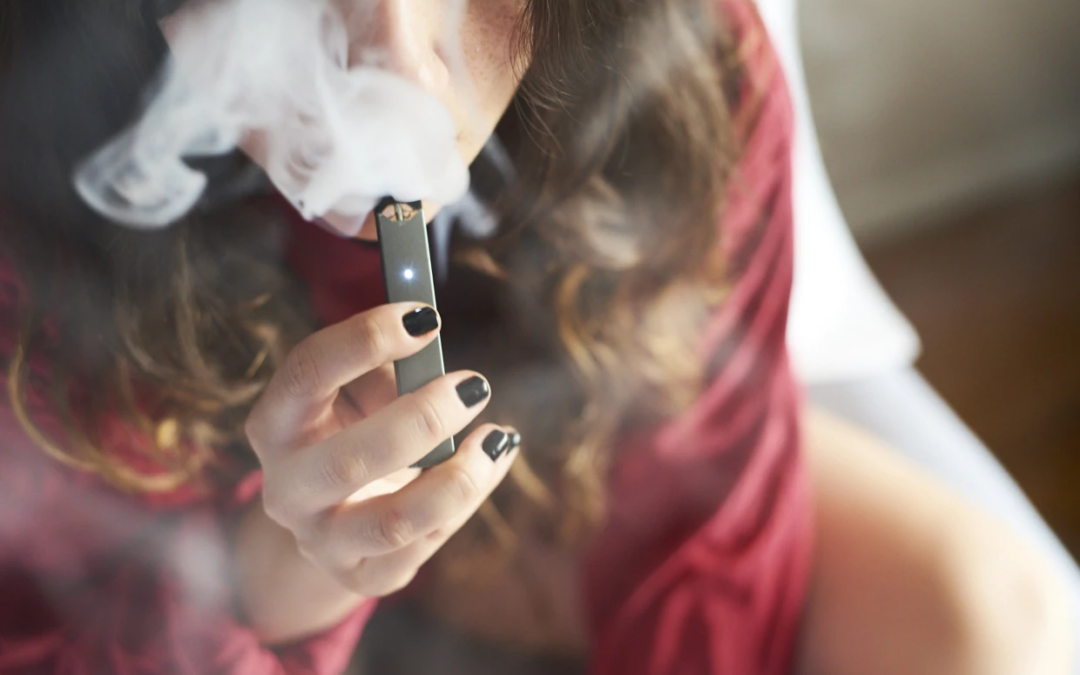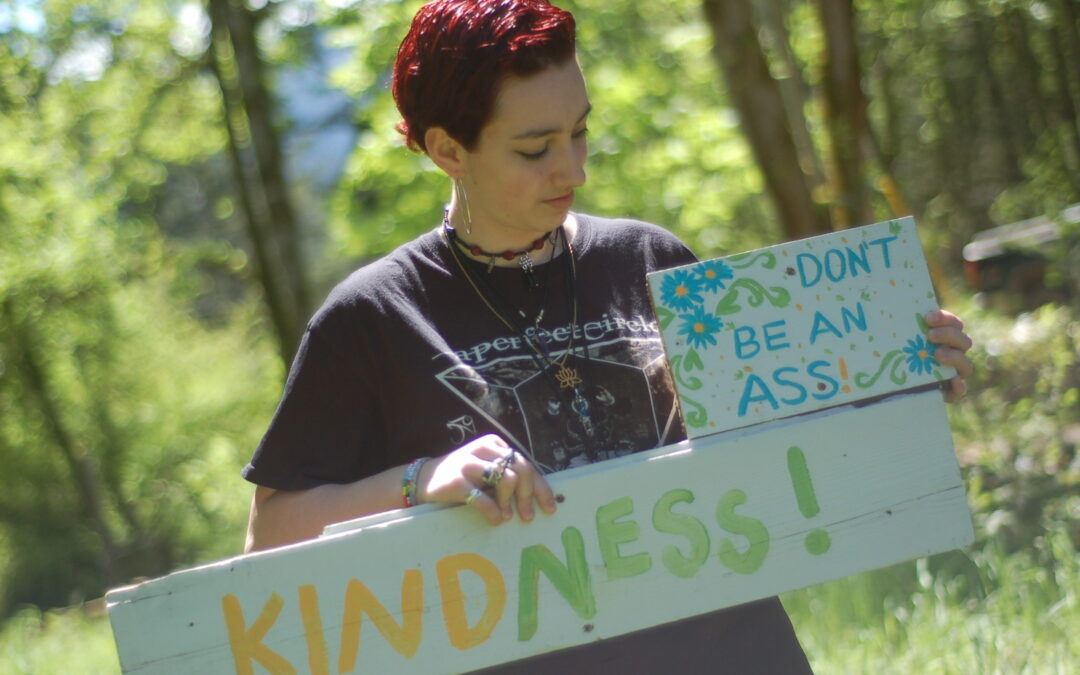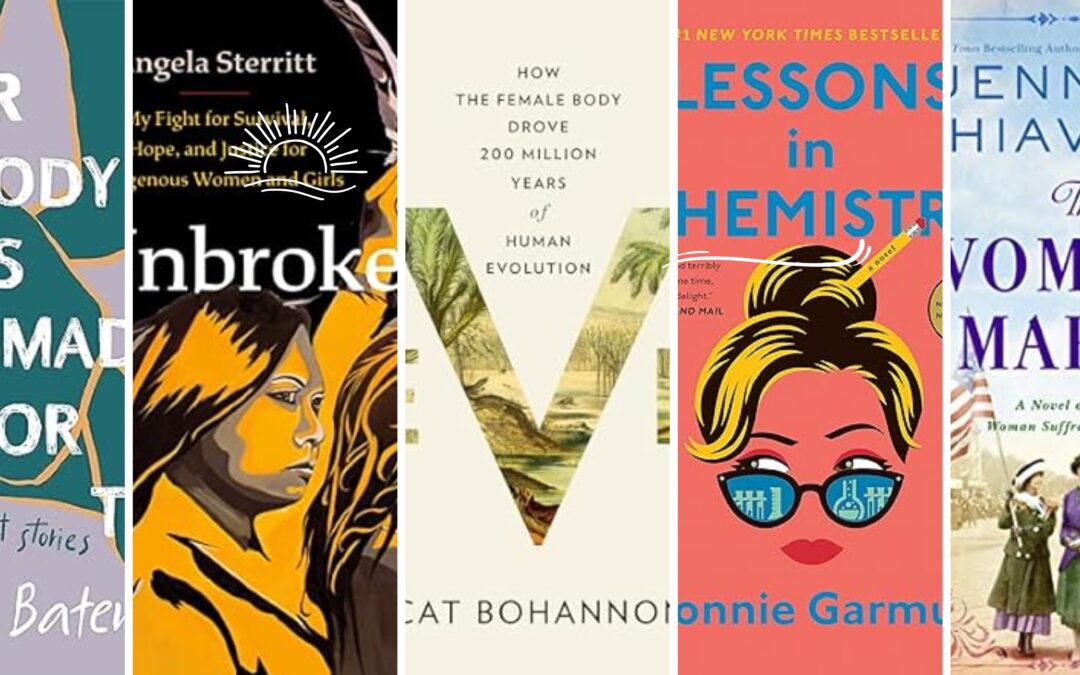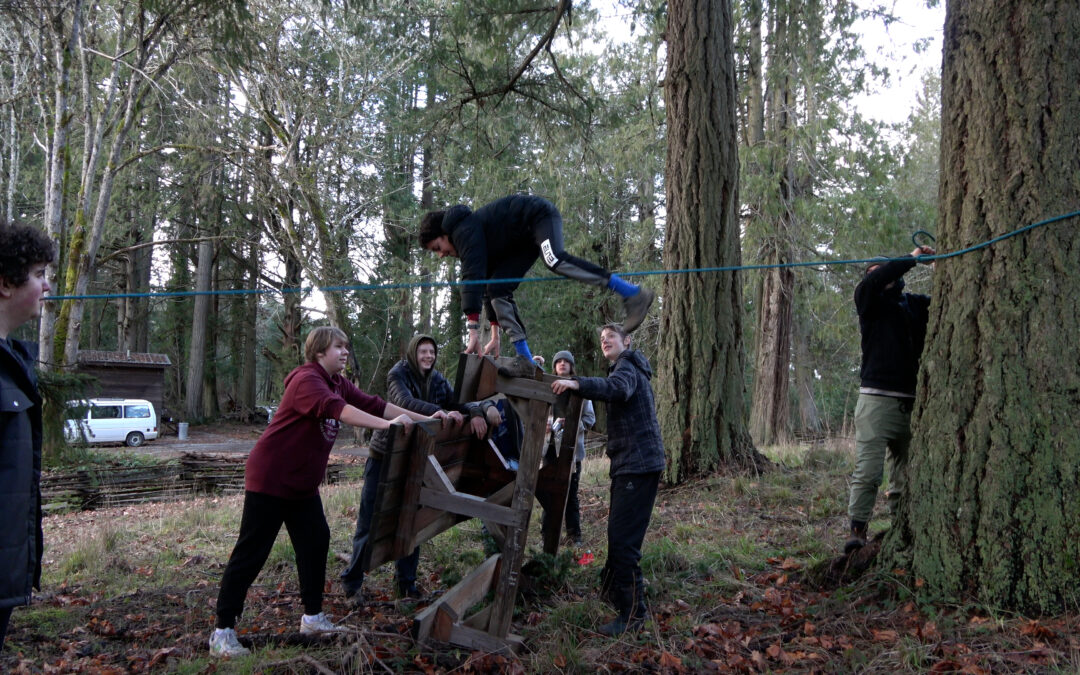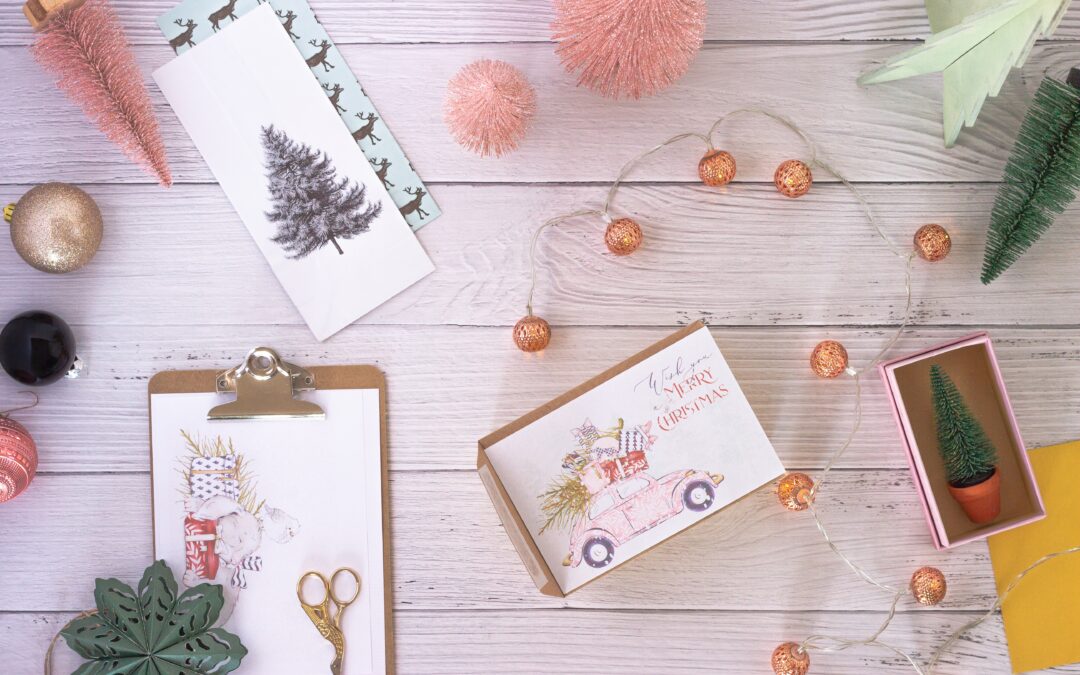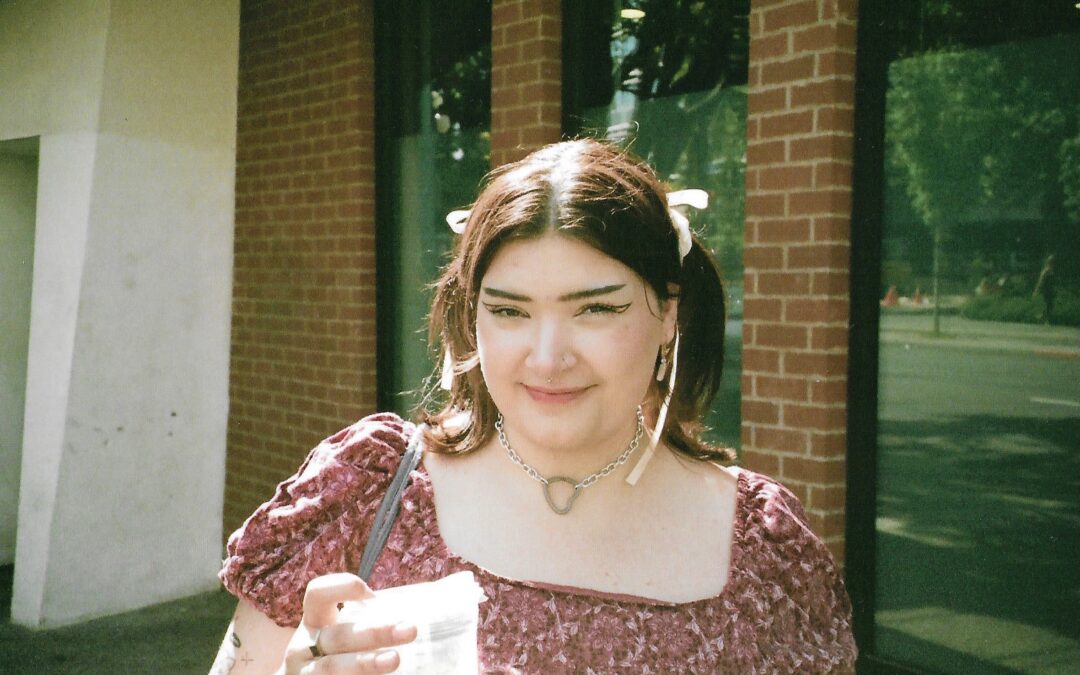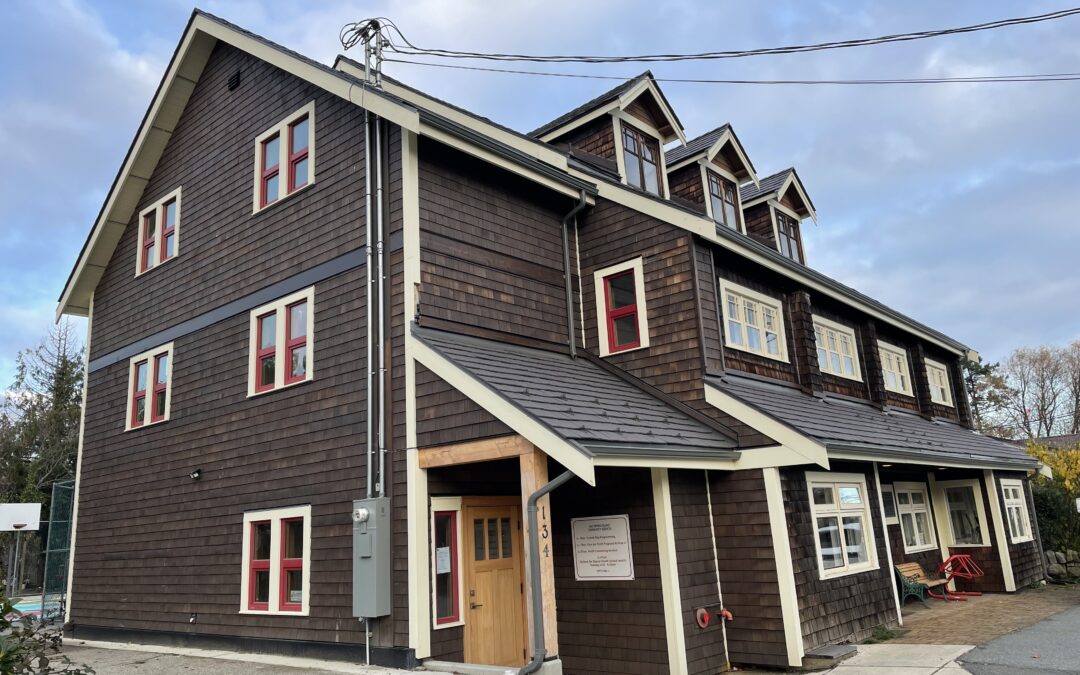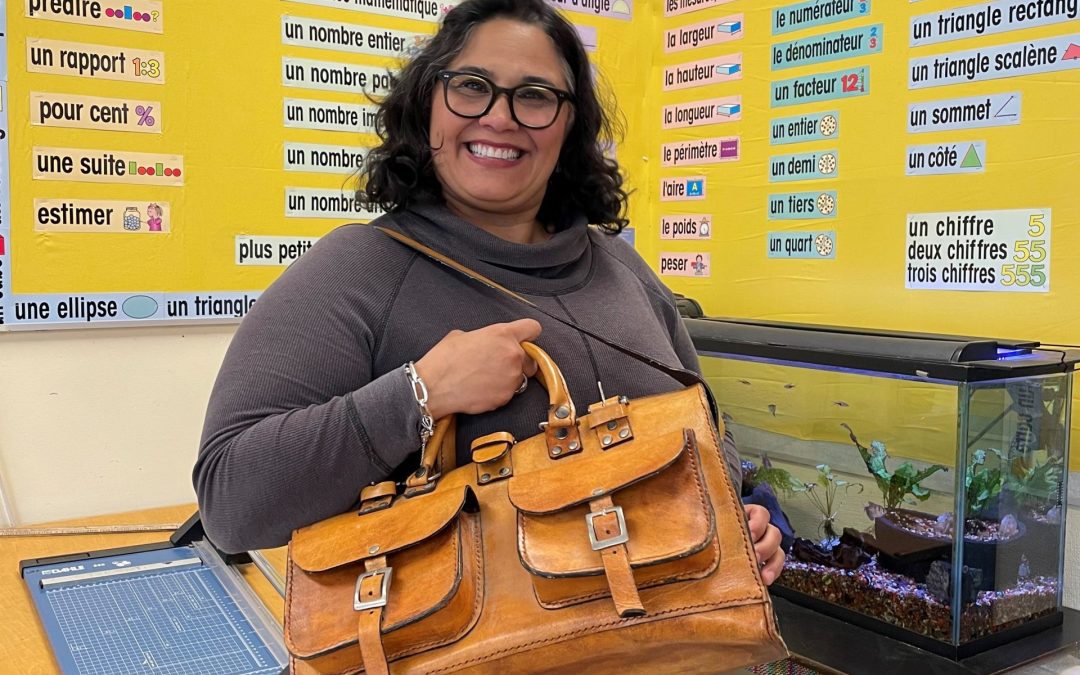Adele Mark arrived as a newcomer in this community at age 15. She had never been to a high school party before, but it didn’t take long for that to change. For this blog she sat down with Ruby and Sam, two recent graduates of Gulf Island Secondary School to hear their perspectives on the role of boundary setting, parental guidance, and consent education on youths’ ability to experiment safely. We changed the names of the people in this story to protect their anonymity.
Throughout high school, there was a house party every weekend, where it was common for 14-year-old kids from Grade 9 to attend alongside 19- or 20-year-olds who had recently graduated. These large age gaps combined with excessive underage drinking and drug use and limited transportation services often left me feeling unsafe while attending parties.
While talking with Ruby and Sam, we began by comparing our introductions to the party scene at our high school. As a novel new kid, I was ushered into party culture almost immediately after starting Grade 10. I happened to befriend kids who were active partygoers, so it was natural for me to come along with them to parties. I saw my inclusion in this group as an opportunity to meet new friends and learn about my new home.
Conversely, Ruby didn’t start partying until her Grade 12 year. Throughout high school, she was on the rowing team which kept her and her friends really busy. She says, “We were all really Type A and didn’t want to do that kind of stuff.” Eventually, she started to experiment in Grade 12 when her friend group shifted, and her new friends were beginning to experiment with alcohol.
Sam began experimentation at a much younger age. She shares, “Partying was normalized, mostly because we had older siblings that were already doing it.” As a rural town with limited social opportunities, Salt Spring youth often befriend individuals in higher grades, or even those outside of high school. “I remember from Grade 7 on, I had friends that were 18 to 20 years old,” Sam looks back. “The presence of older people in my life was always prominent.” These friends introduced her to drugs and alcohol at an early age. In some ways, these relationships made her feel safe because “there were specific people that were looking out for me at parties.” However, in other ways, she felt that the older males around her had “this belief that being older gave them a power stance,” which resulted in her boundaries being crossed.
We discussed how party culture was inseparable from hook-up culture. “You go to a party to hook up,” shares Sam. “It’s more likely that you would hook up while being intoxicated, rather than sober.” Boundary lines start to get blurry when alcohol is involved. Ruby: “I’ve had some experiences where I was intoxicated, but the other person, a friend, wasn’t.” She goes on to describe, “Sleeping in the same bed as someone and having them grind on you in your sleep is uncomfortable. It’s kind of a boundary-crossing. When I was in high school, this happened to me more than once. I thought I was falling asleep next to a friend, but to them, it was an opportunity to initiate a hook-up.”
Sam explains that this sort of behaviour is common. “There’s a larger majority of people that will spend the night after a party because the taxi services are not the safest to catch if you’re intoxicated.” There is a lot more room for boundary-crossing when everyone spends the night. She continued to say: “You may think that you’re just sleeping next to a friend and you’re in a safe space, but sometimes that space is violated.” She shared that it is difficult to know how to address what happened afterwards “because they’re your friend and you are drunk; You just accept that it will happen.” Ruby adds that setting boundaries is “not an easy thing to do, because we don’t want to disappoint another person, especially if they are a friend.” This is especially true for women, who, “don’t want to stir the pot.” These experiences demonstrated to Sam “what alcohol can do to your inhibitions and the ways that it can open you up and make you more susceptible to having your boundaries crossed.”
Exposure to drugs and alcohol when paired with a lack of education on the risks of these activities creates unsafe situations. “If you don’t really know your limits, you test them more often,” Sam expresses. “At parties, the goal was often to get “as obliterated as possible.” Sam noticed people being “really careless with themselves.” While the party environment encourages unrestricted, and sometimes unsafe experimentation, smaller chaperoned spaces can offer youth a controlled environment where they can learn about their limits safely. Ruby shares how she talked about drugs, sex and alcohol with her family from a young age. For her, the best way to ensure safe experimentation is to “dismantle the stigma around it earlier on when kids start to show interest in those things.”
Parents also have an important role to play in supporting consent culture, boundary setting and healthy risk-taking. Sam expresses how she wished that youth were taught how to express boundaries at home. “When young kids try to set a boundary with their parents, the parents still get to make the final decision for them.” Ruby adds that “starting young with boundary setting and practicing with people that you really trust and can speak openly with” can help youth strengthen their ability to set boundaries later in their lives.
Education can also support youth as they navigate healthy boundary setting and consent culture. Sam reflects that in elementary school, signs of aggression such as when “a boy pulled your hair” had the subtext of, “Oh, he likes you.” The early normalization of abusive behaviour affects young adults’ abilities to recognize their own boundaries later. For example, in high school, when young men were mean or disrespectful towards Sam, she had learned to interpret that as, “‘Oh, he’s flirting with me.’”
Ruby adds that introducing consent with small children such as “not ripping another kid’s toy away”, makes setting boundaries and practicing consent “not as much of a foreign idea” because it is normalized early on. It will enable youth to have all the tools they need to practice consent in the more vulnerable aspects of their teen and adult life.
They both agreed that teaching consent, boundary setting, safe experimentation, and healthy risk-taking has a place in the curriculum from elementary school all the way to the end of high school.
The three of us were lucky to receive guidance in these areas from The Pass It On program. Every Tuesday, we met with other high school-aged girls and our facilitator, Kate Nash, to support each other as we navigated the growing pains of high school. Sam expresses that “more schools should have a program like Pass It On because having a space that can offer support and insight is major.” In the circle, through vulnerable sharing and listening, we were able to explore where our own personal boundaries were and gained the confidence to express them. We also were able to benefit from the diversity of experiences that the group had in relation to partying and experimentation. Sam shares that, “Pass It On was the one place where I felt that the stigma of partying was broken.” Participating in Pass It On provided participants with “insight into what they might be interested in without having to try it unnecessarily.”
For Ruby, Pass It On helped her to learn how to listen. Pass It On featured “a diverse group of people with diverse experiences” which allowed her to gain insights into what partying, and experimentation was like, but also abstaining and sobriety, and how to navigate those choices. When she tried it herself later in high school, she was more aware of her own limits.
——————————————————————————————————————————————————–
Promoting Healthy Relationships at The Circle Education
Here at The Circle, all of our programs are built around the core principles of SEL (Social and Emotional Learning) to work towards safer communities.
• We offer the Empathy Project for Grade 3, 4, and 5 students to provide them with the building blocks of social-emotional learning.
• For Grades 6, 7, and 8, the Respect Project offers students the opportunity to get to know one another better and learn about the foundational role respect plays in their lives.
• The Pass It On program is an after-school, cross-peer group mentorship program with intermediate students (as buddies) and high school students (as mentors). Its goal is to foster capacity for healthy relationships and support life transitions.
Our programs have successfully offered students a wide range of benefits of social-emotional education. After attending our programming, students have expressed a greater capacity to feel empathy for others, resolve conflict, and build equal and healthy relationships. Teachers observe students using their new skills in the classroom, and they request our programs year after year.
Learn more about our programs or contact us at [email protected] to see how you can bring our programs to your classroom or organization.

Adele Mark is a fourth-year undergraduate student studying Sociology and Global Development Studies at the University of Victoria. She was involved in the Pass It On program in high school at Gulf Islands Secondary School and was hired as Marketing and Communications Assistant, a temporary student position in early 2021, at The Circle. Adele has been involved with several projects that focus on youth education and female empowerment and looks forward to continuing this work with The Circle Education.
